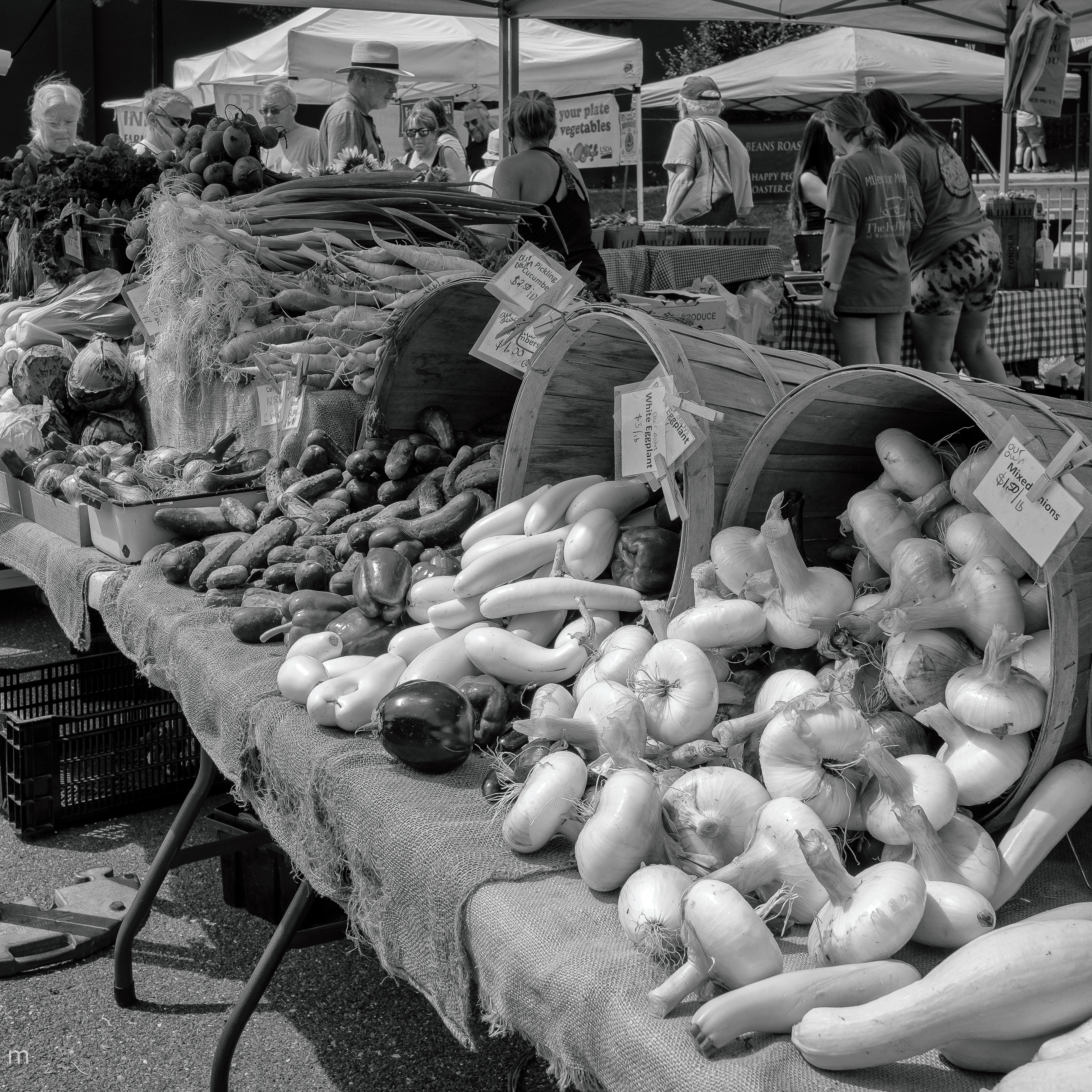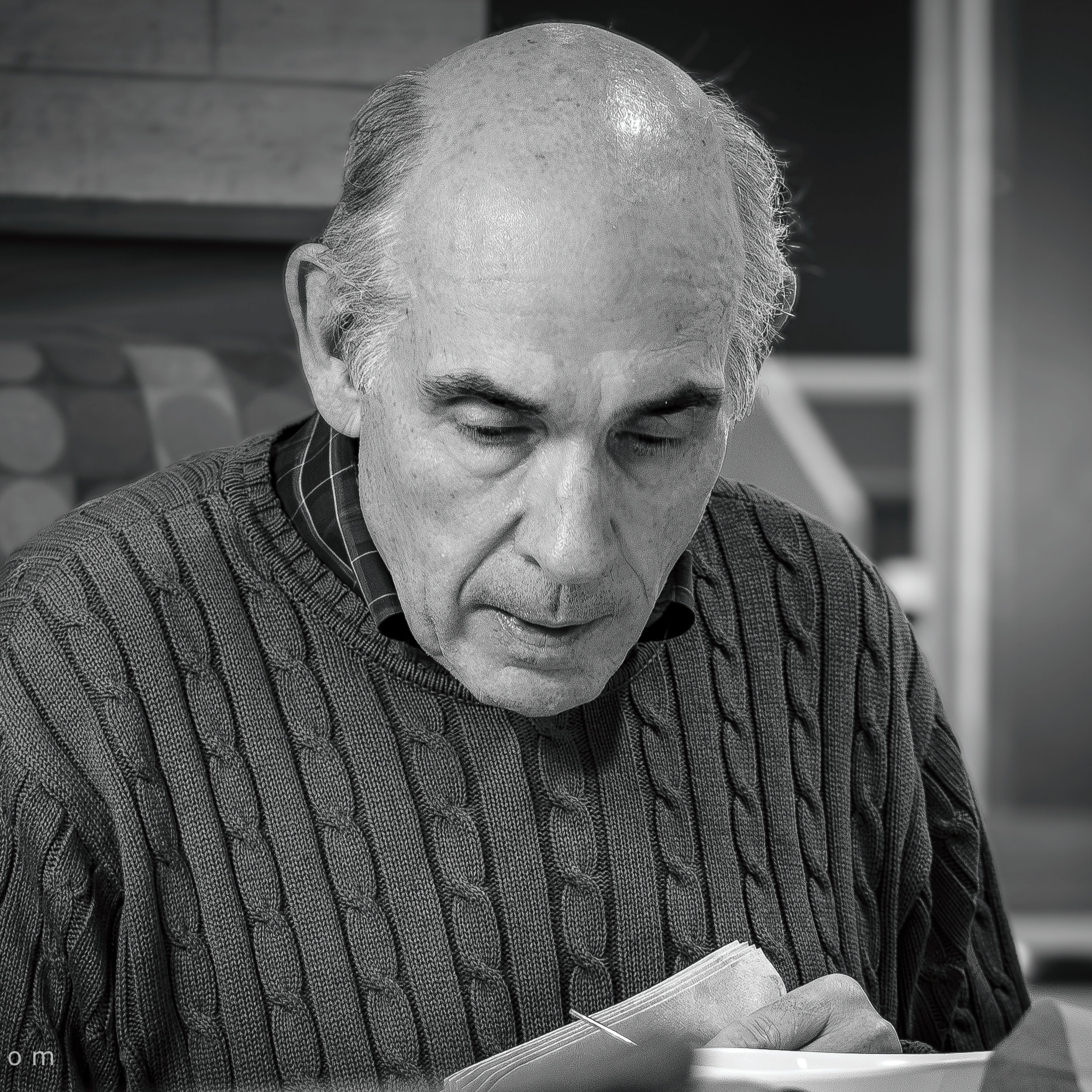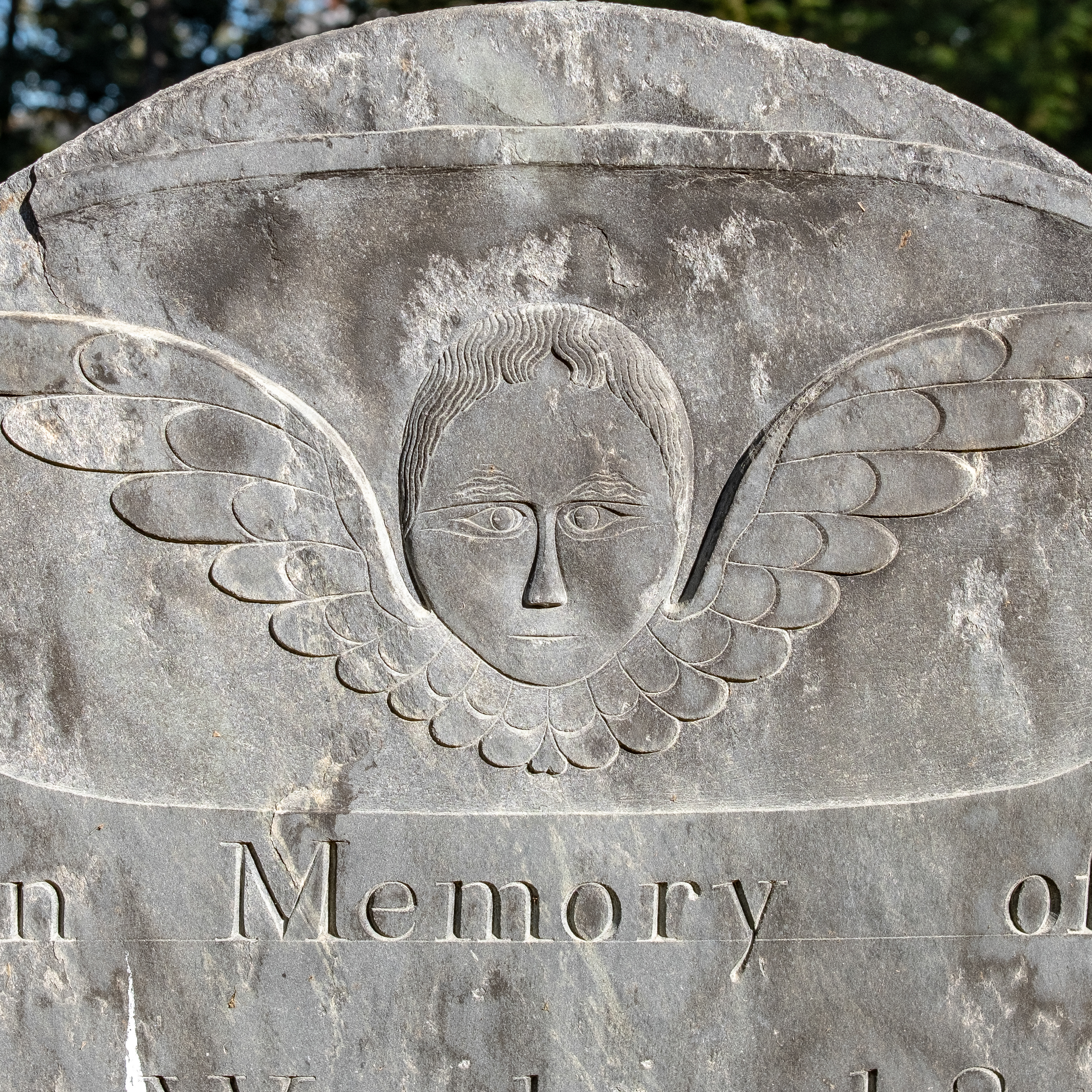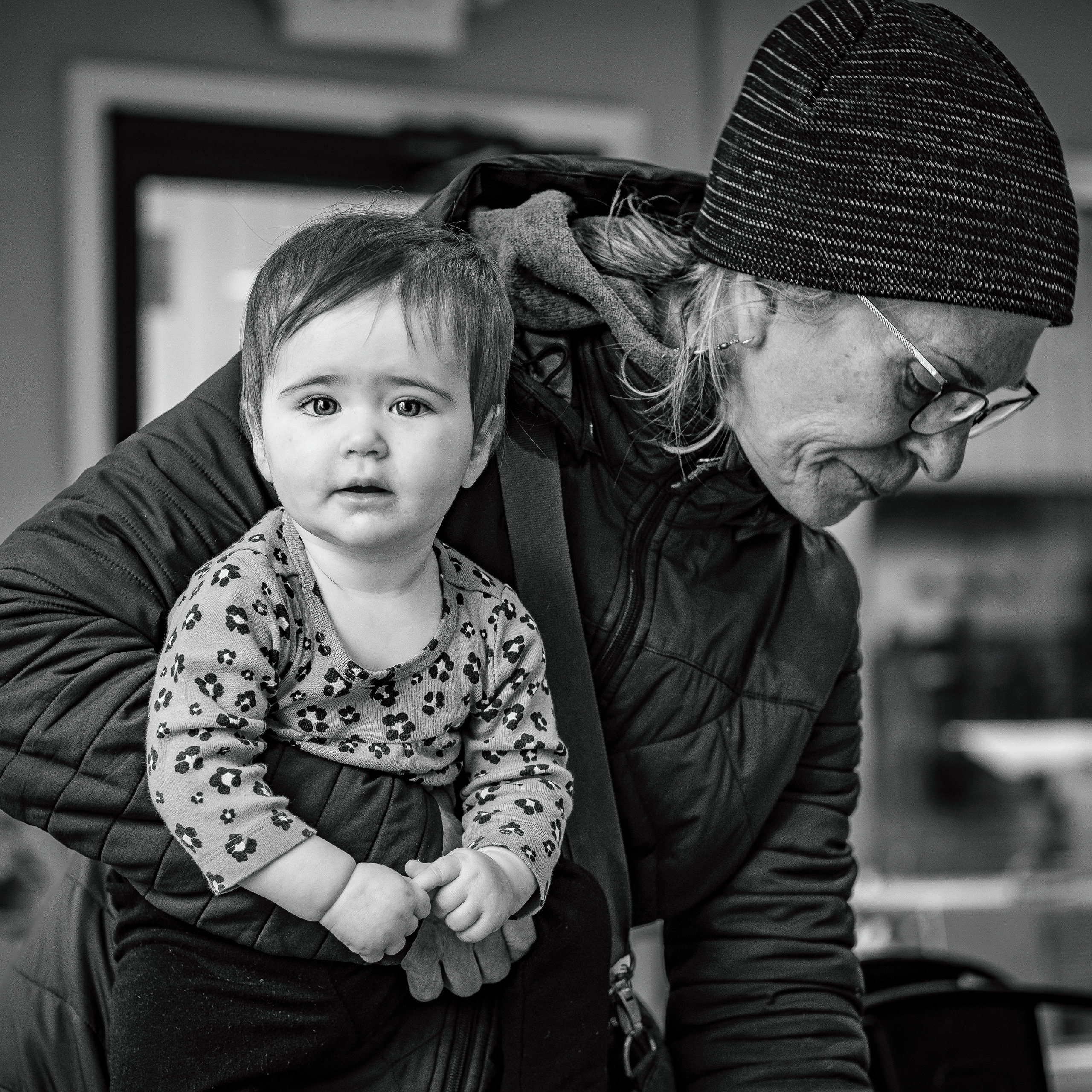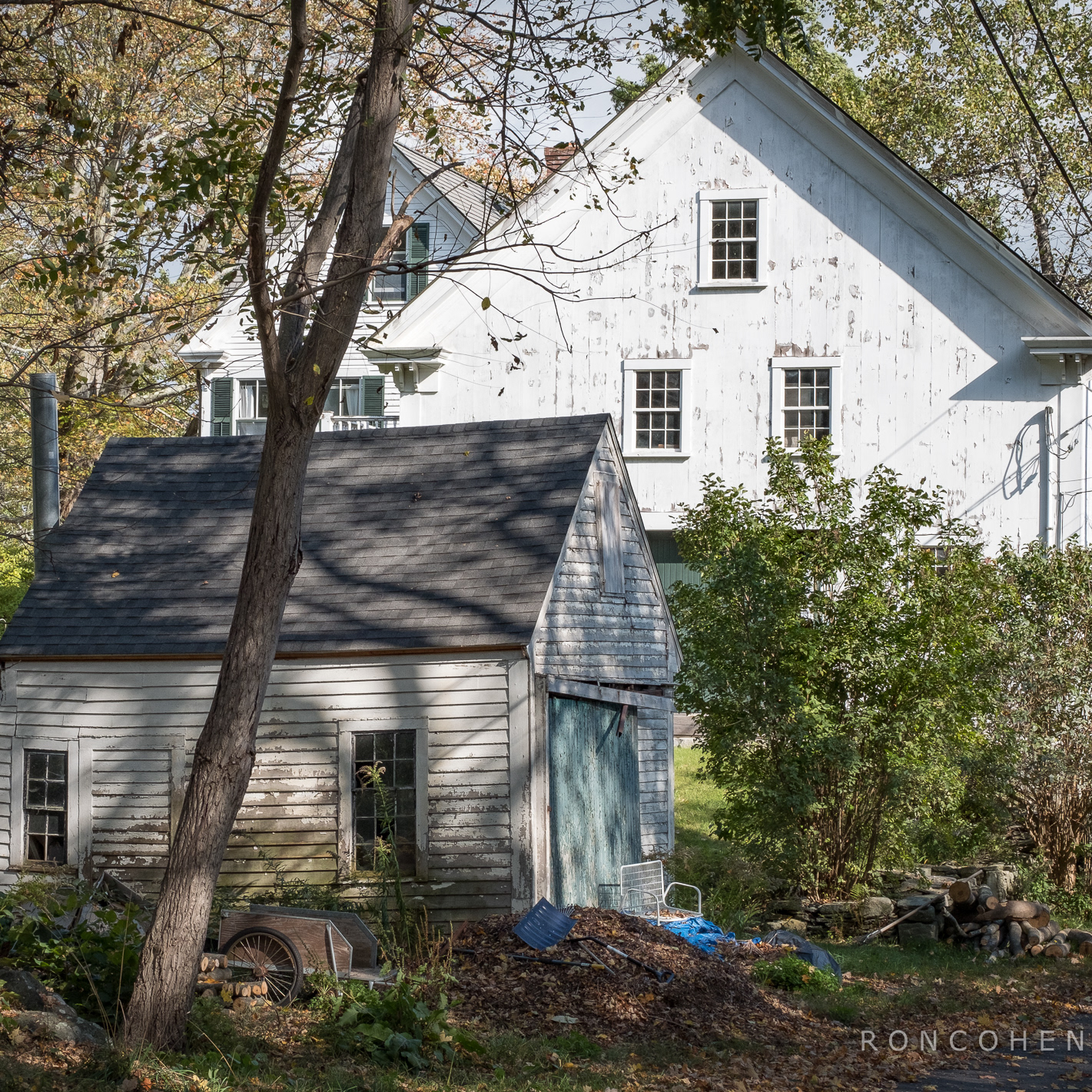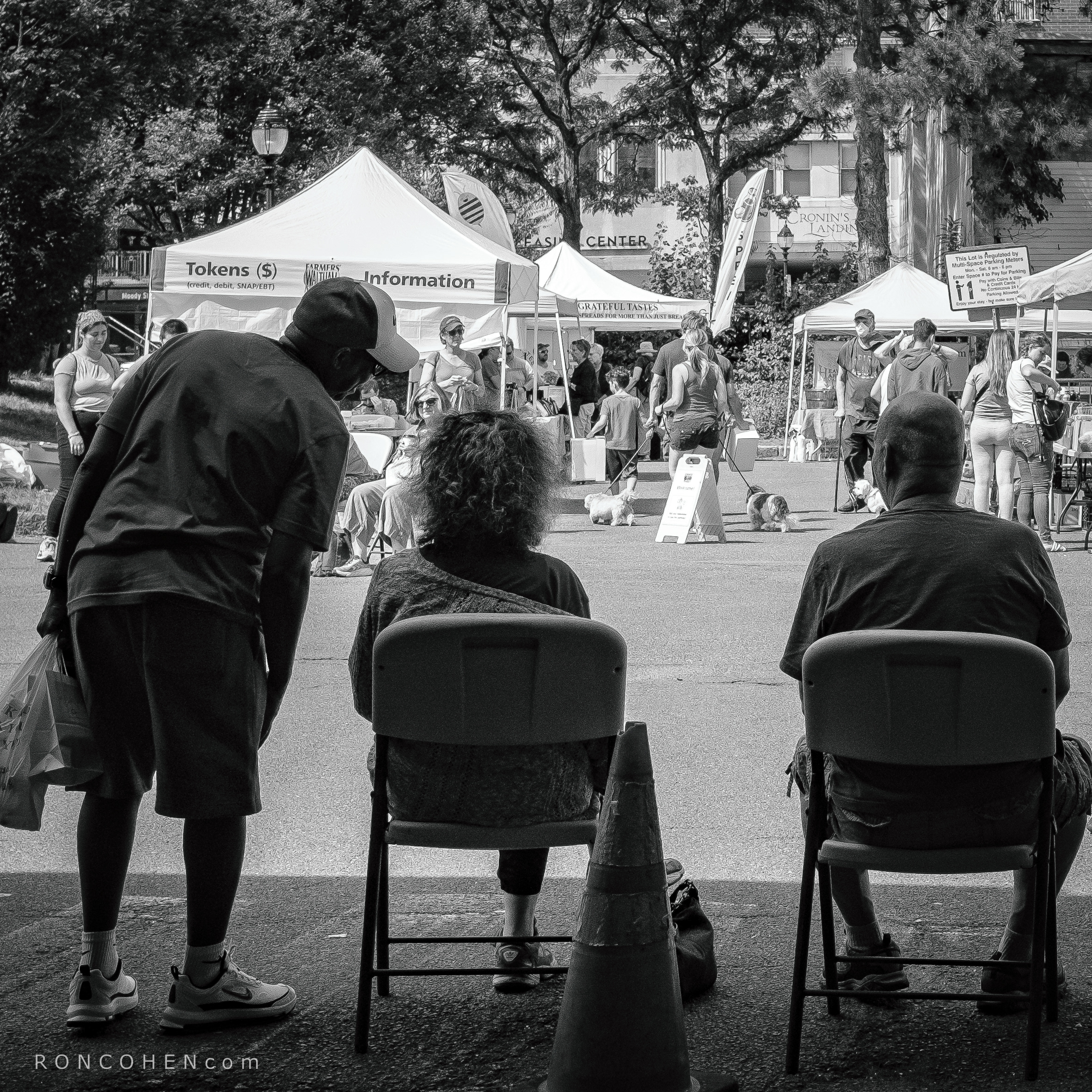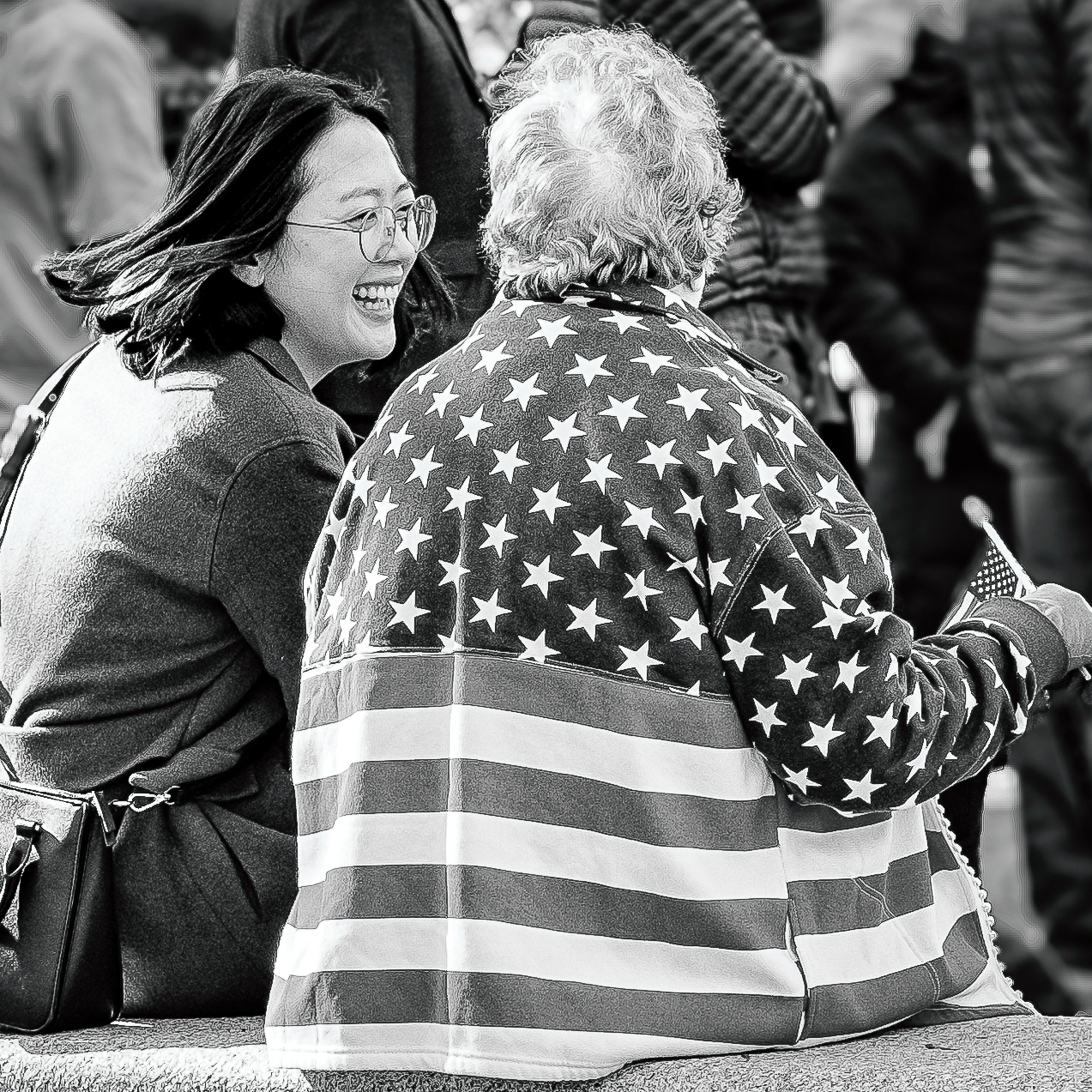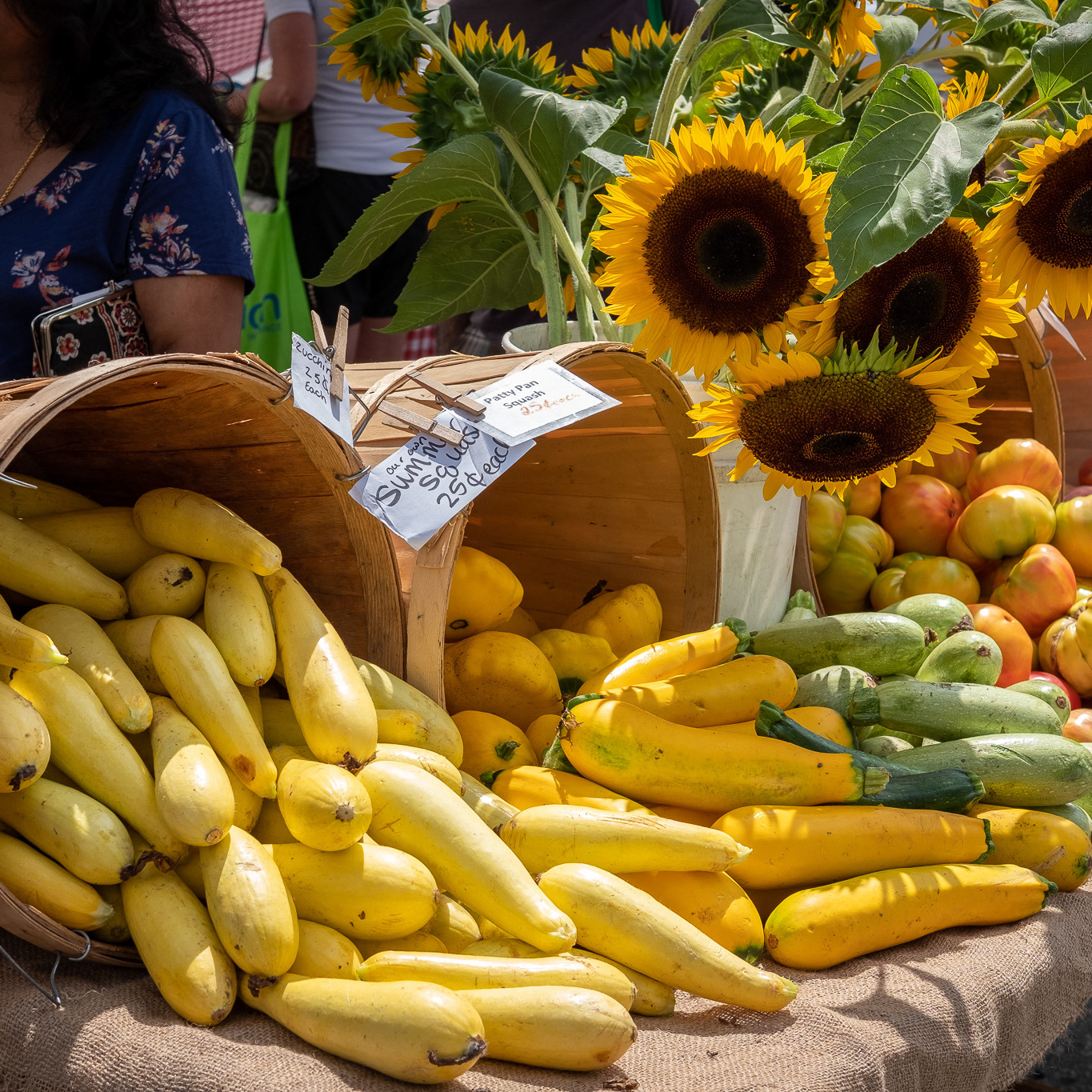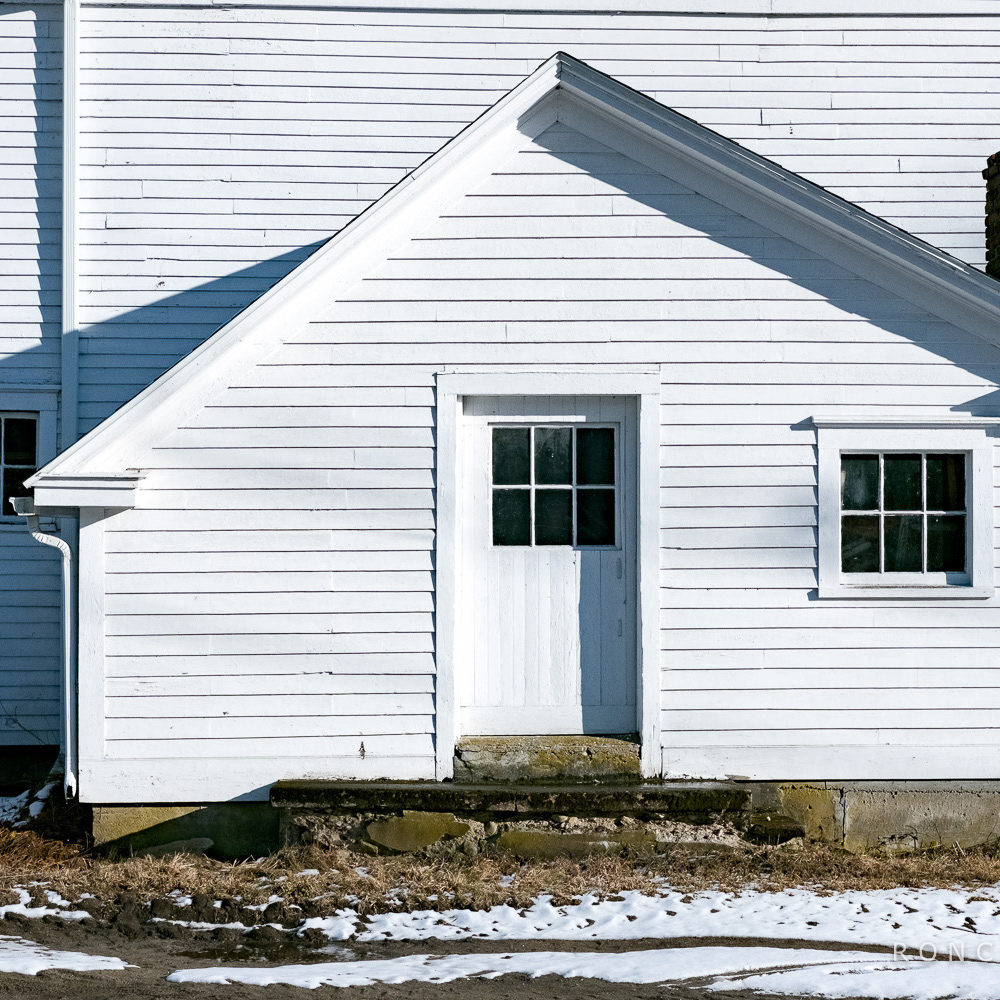⬇︎Click on any photo, below, to open slide show. Use keyboard arrows or swipe to view slides.
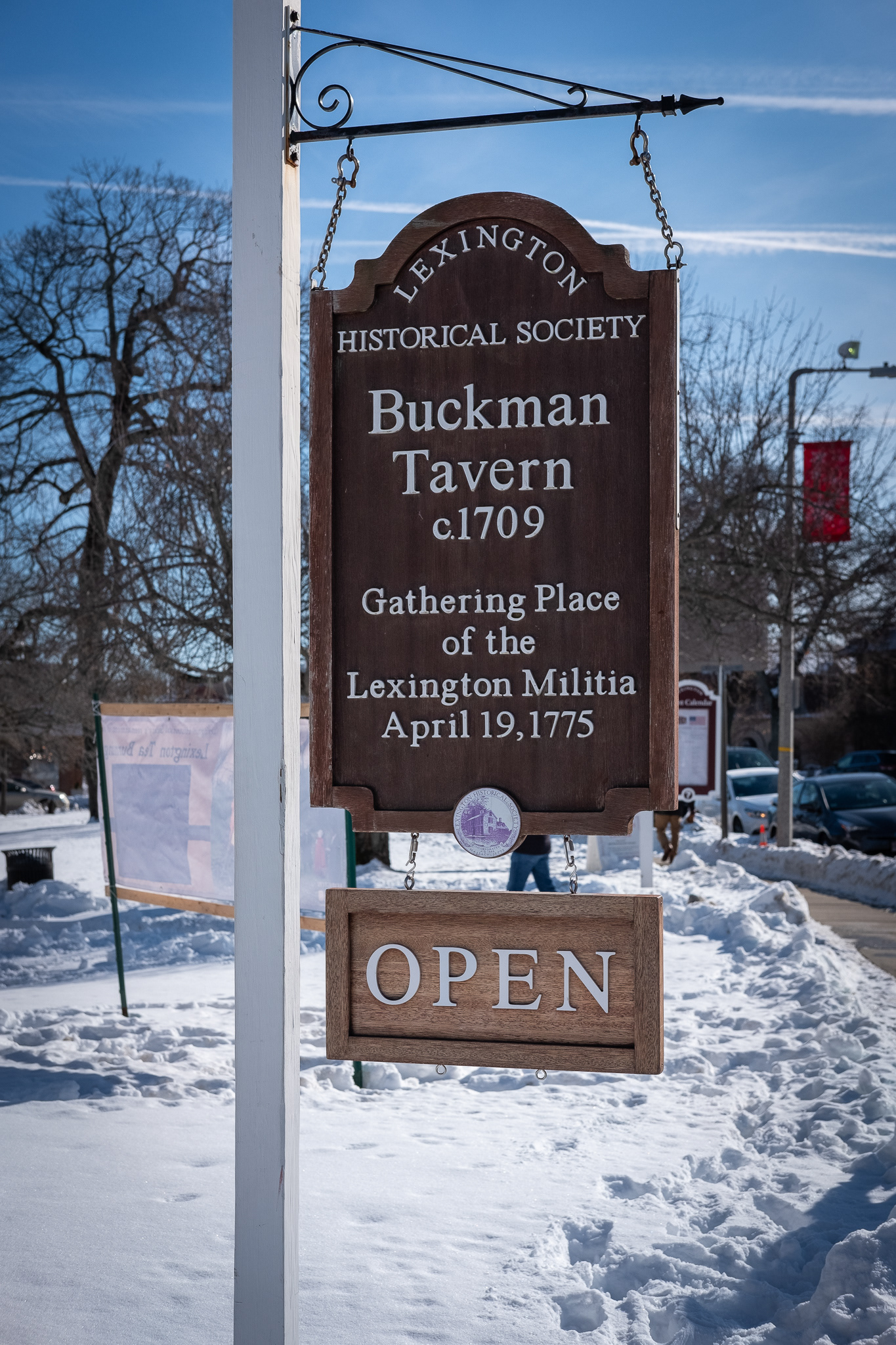
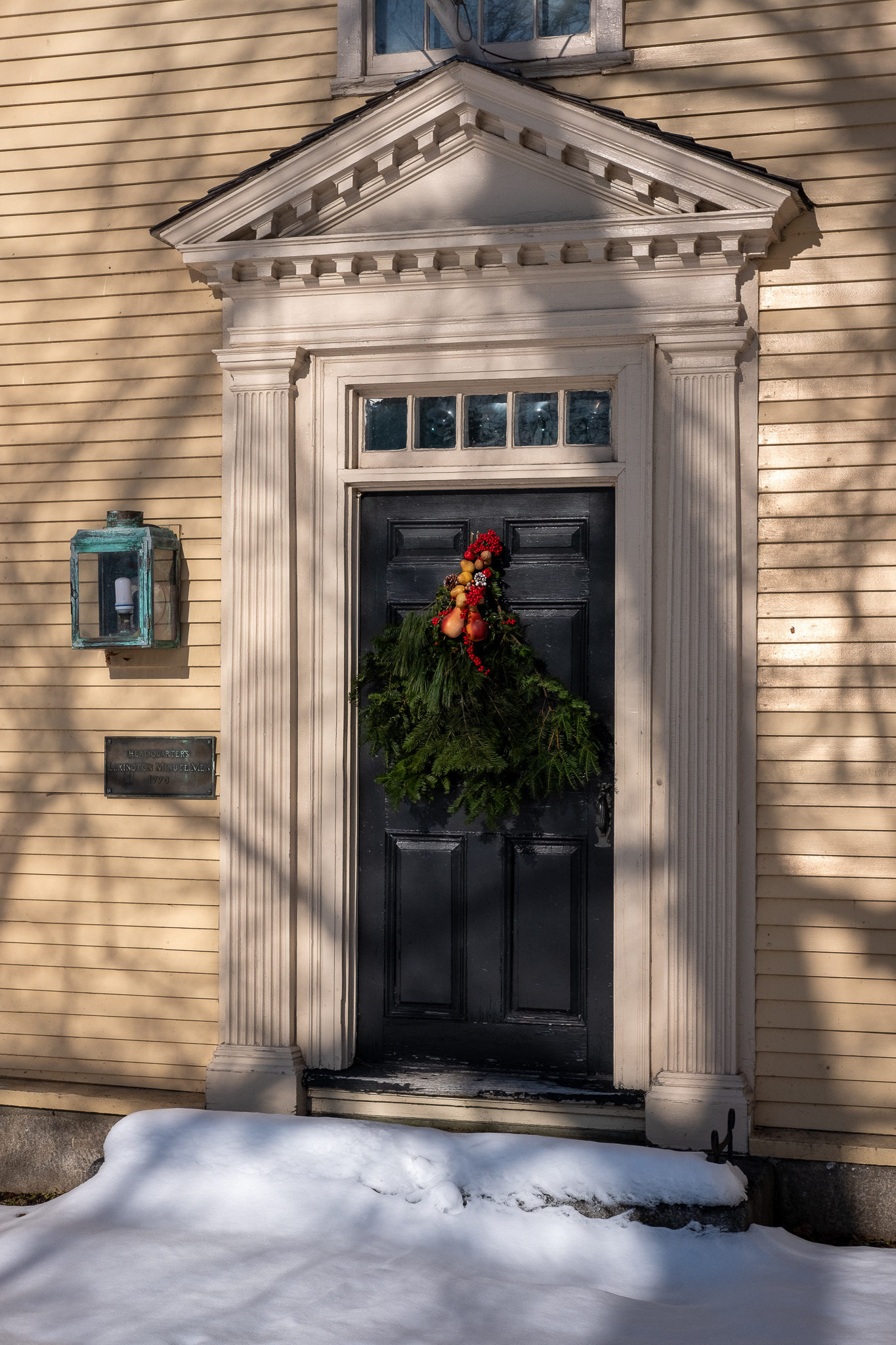
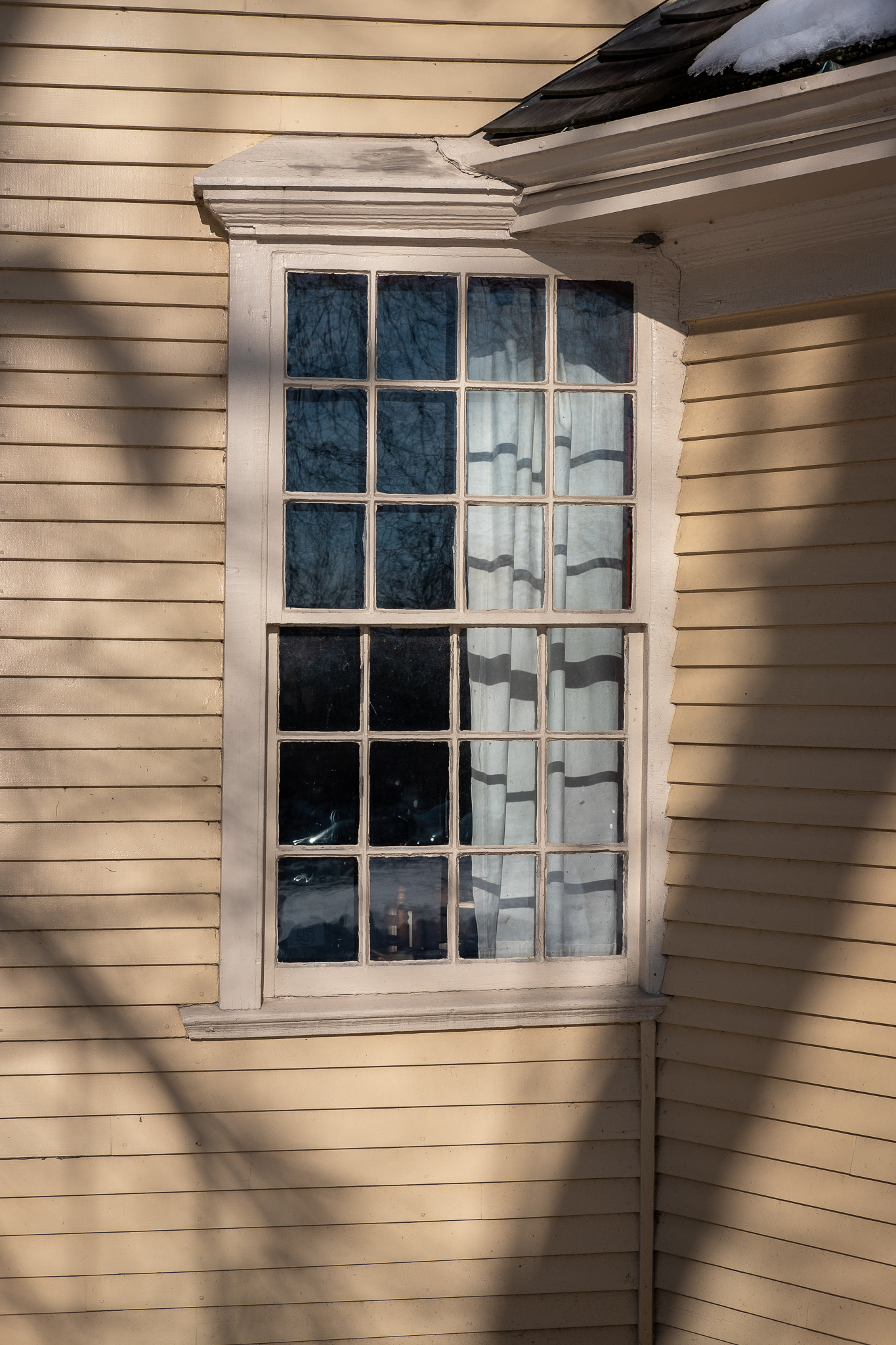
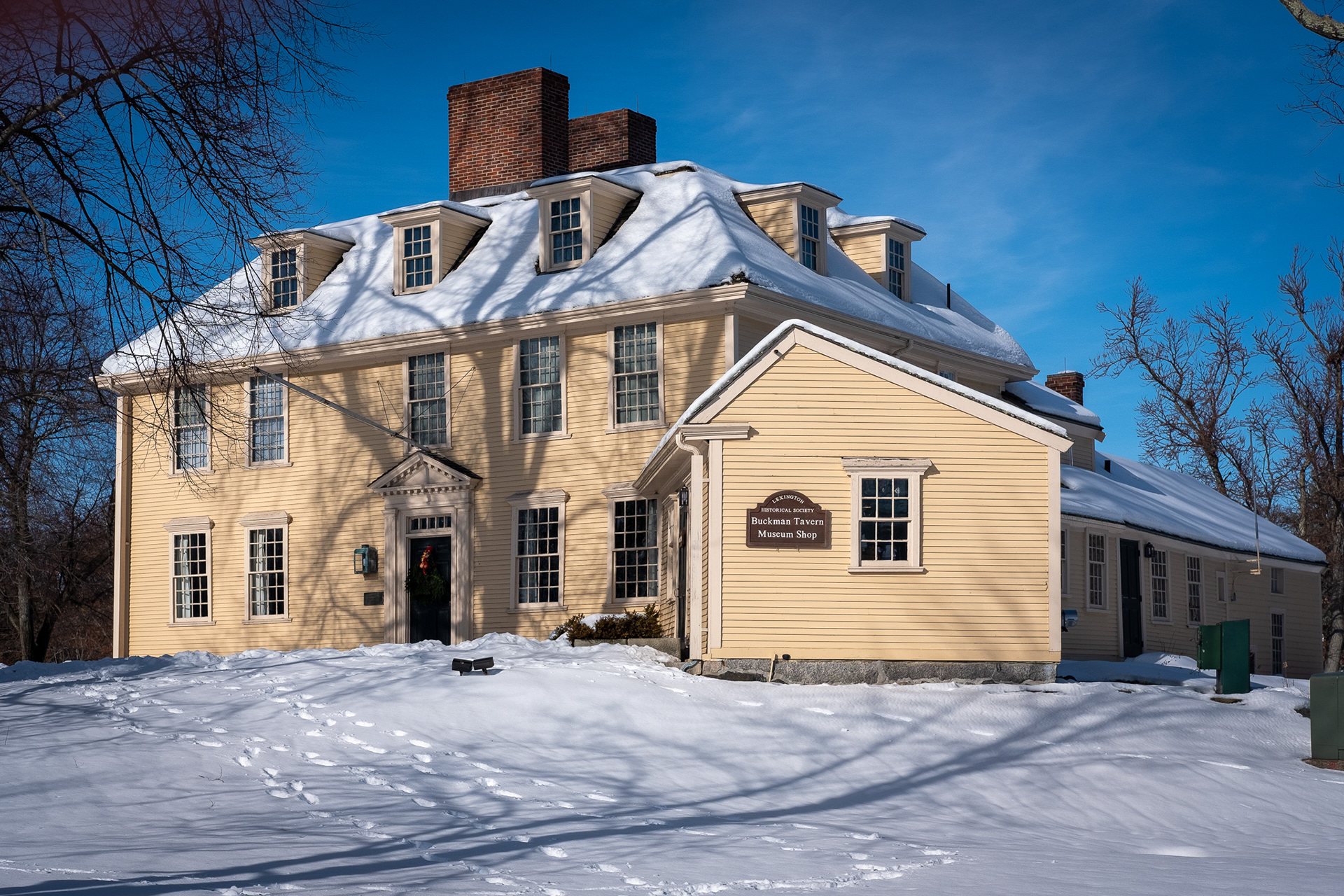
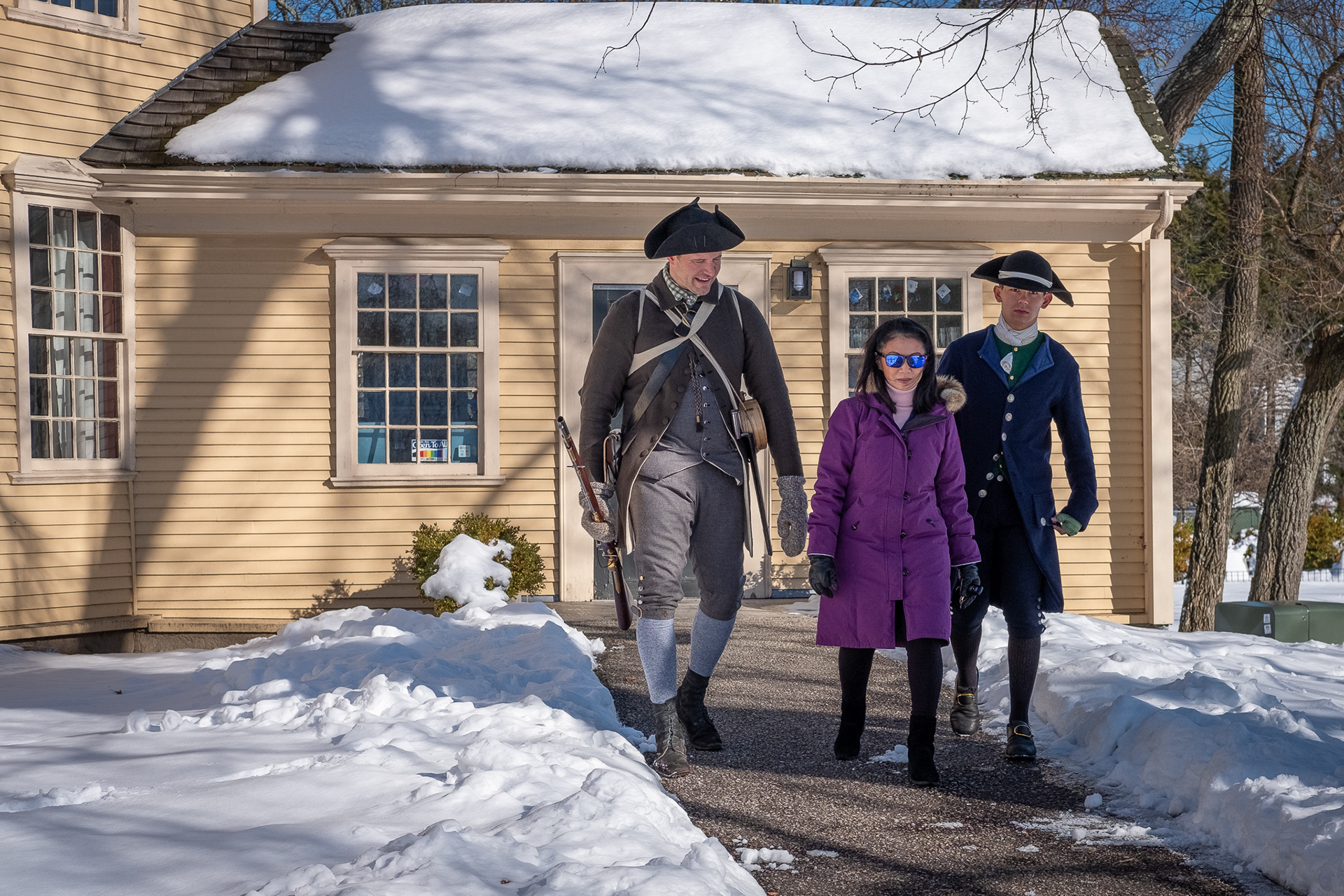

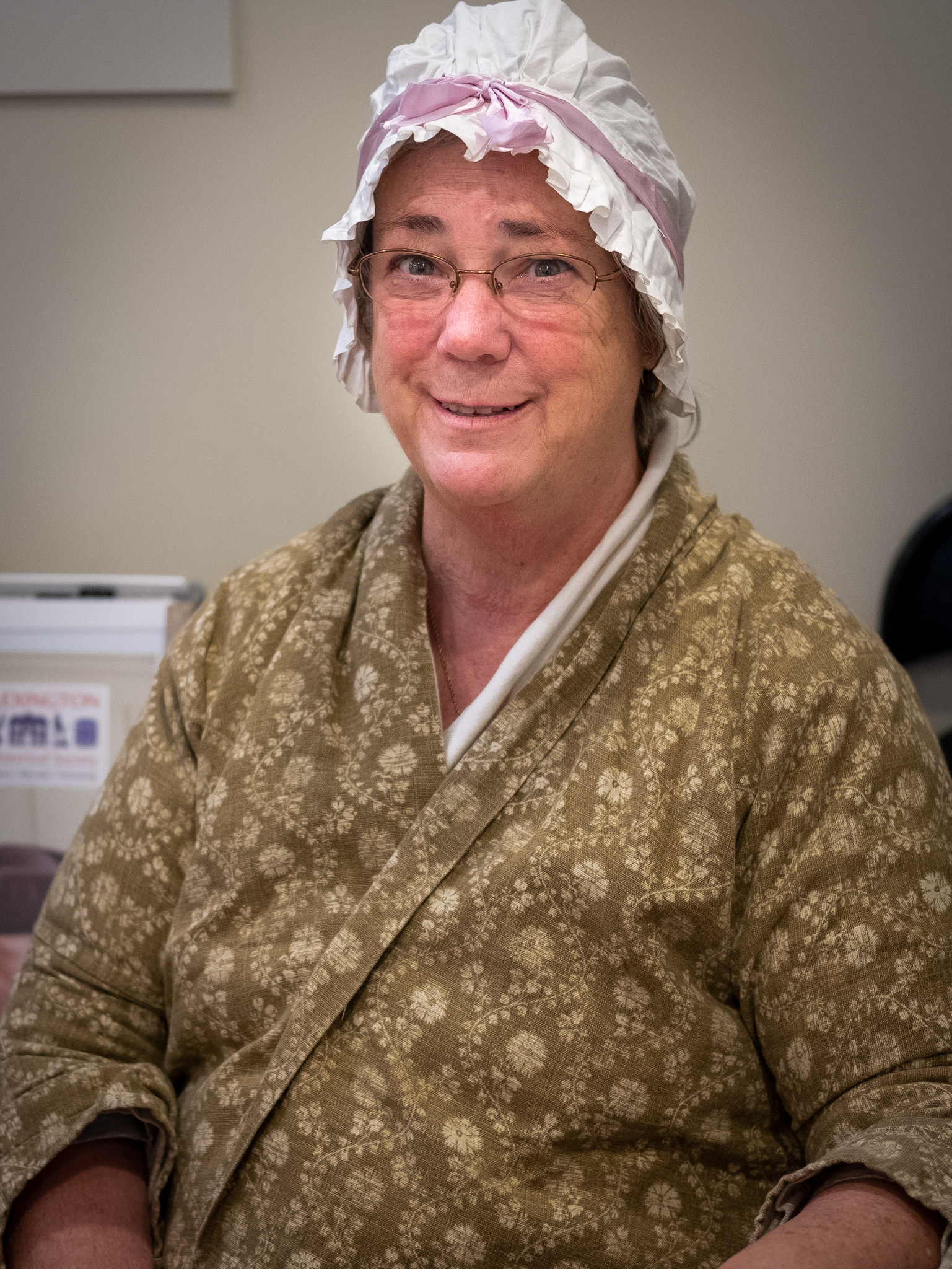
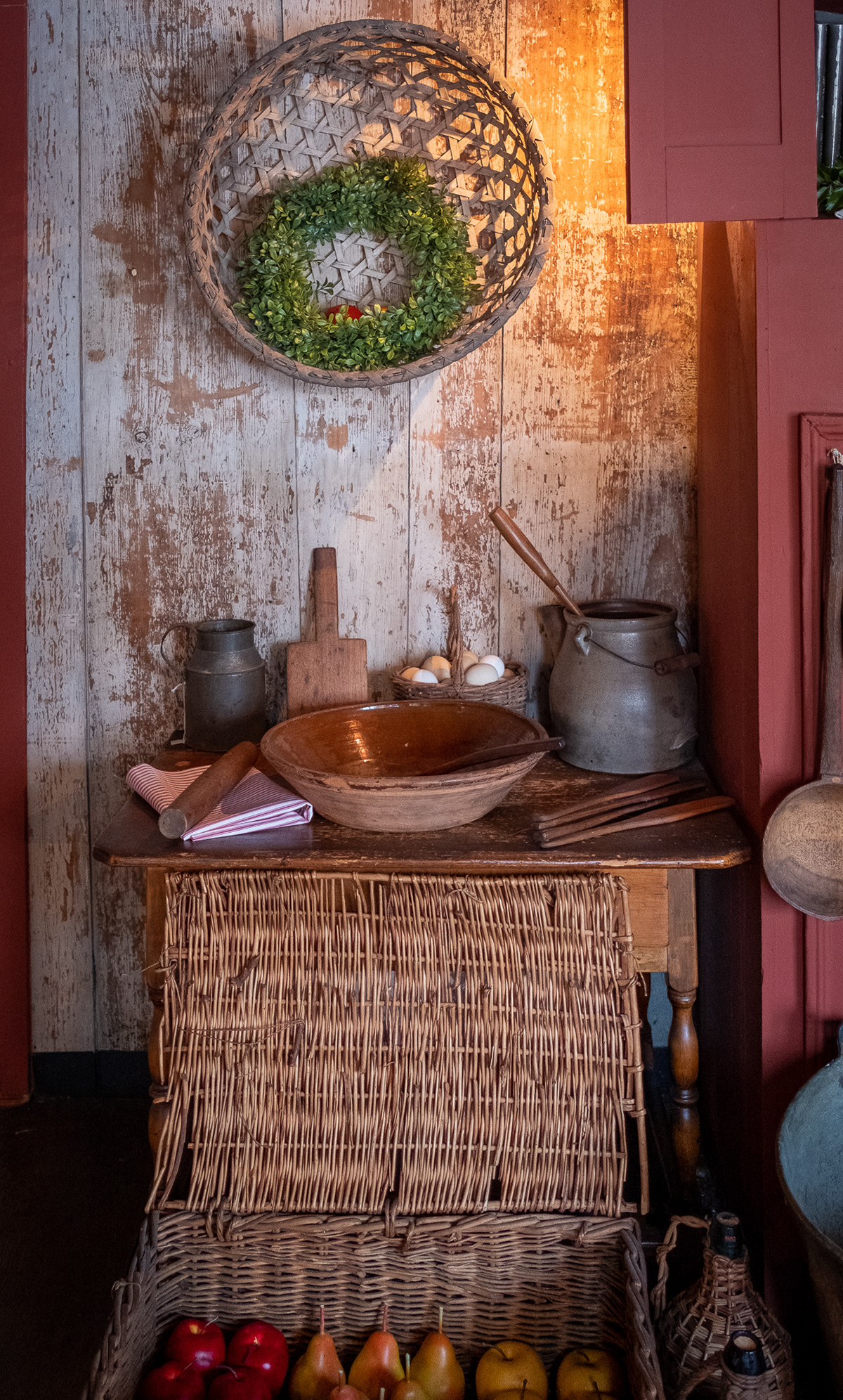
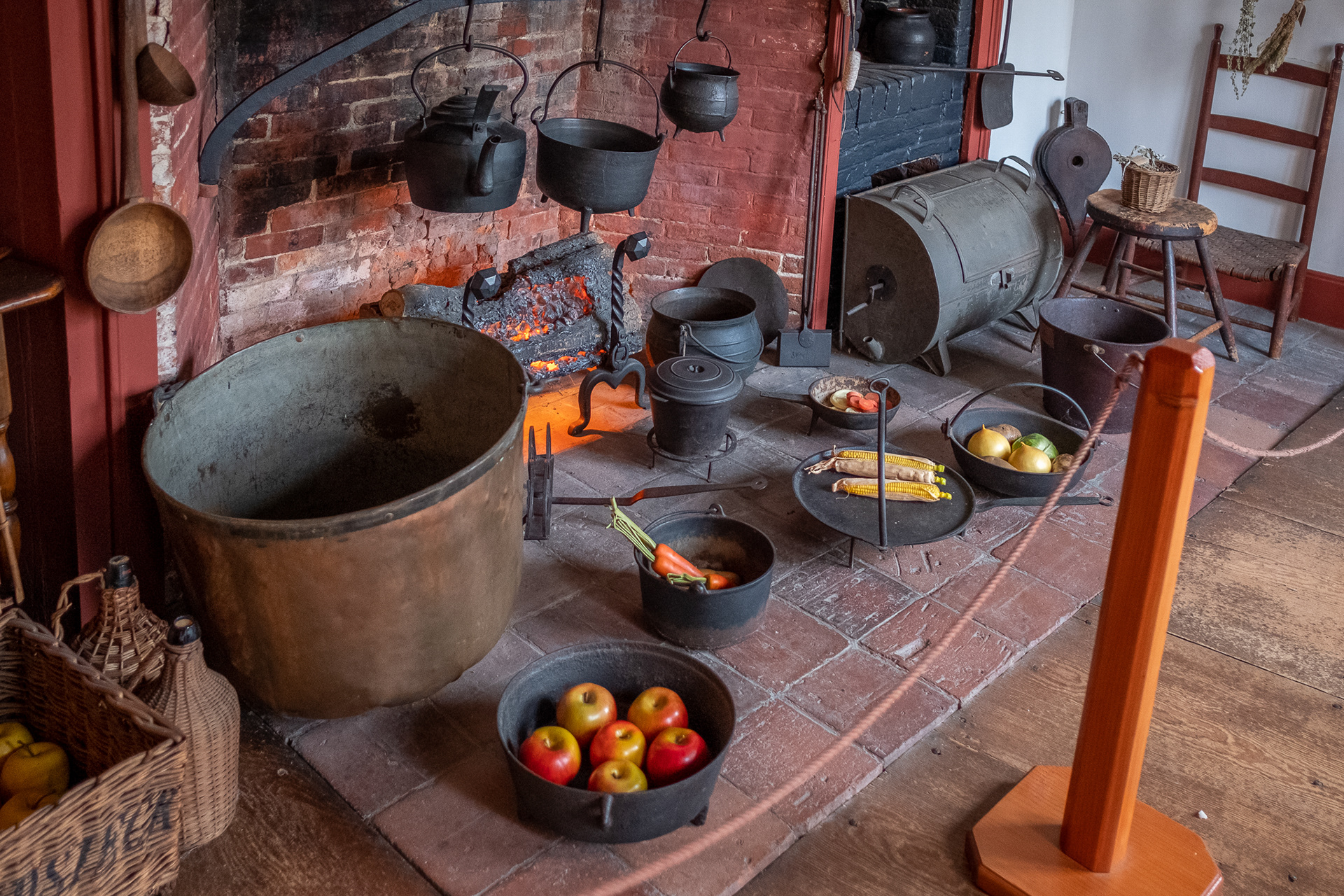

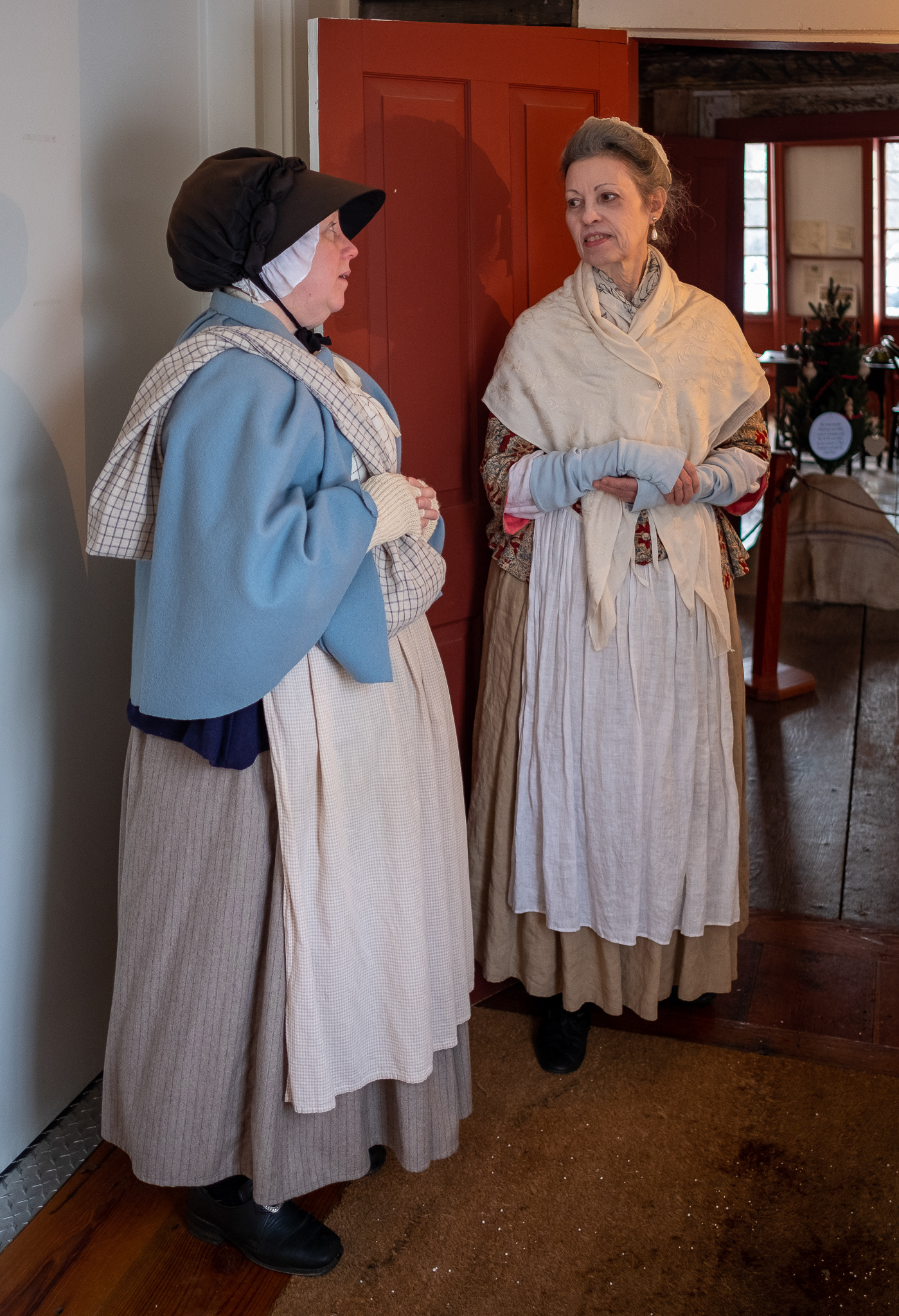
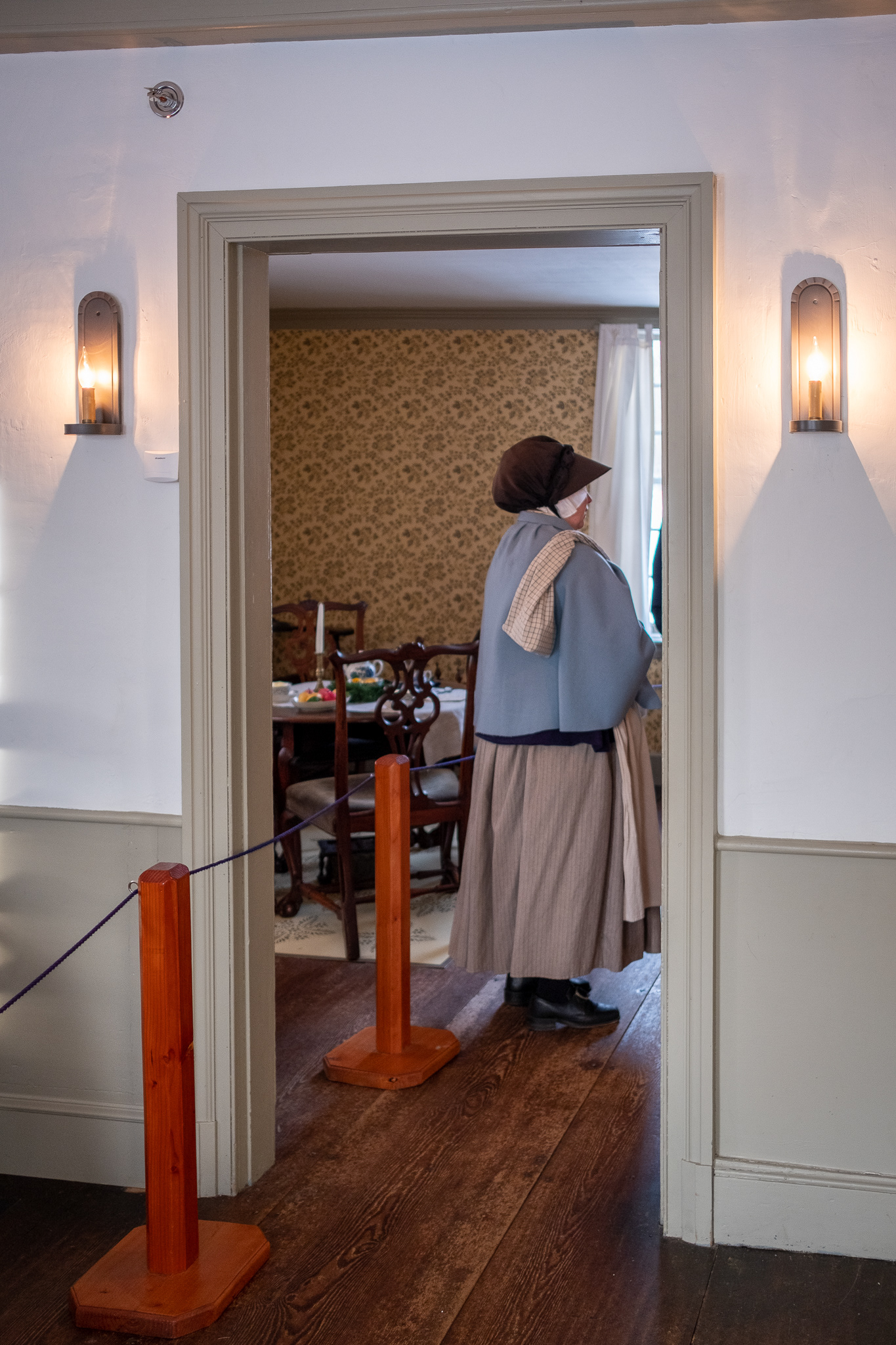
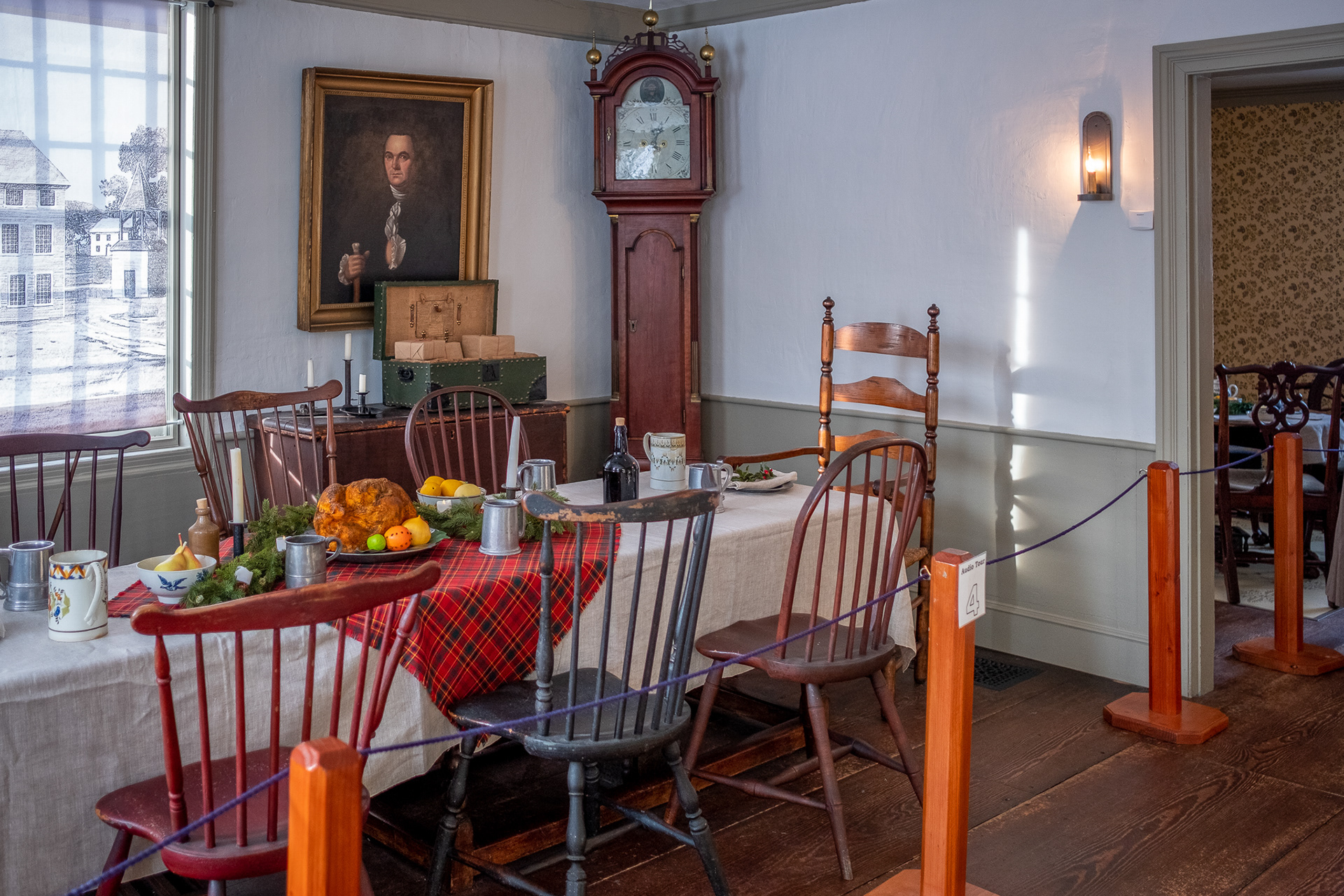
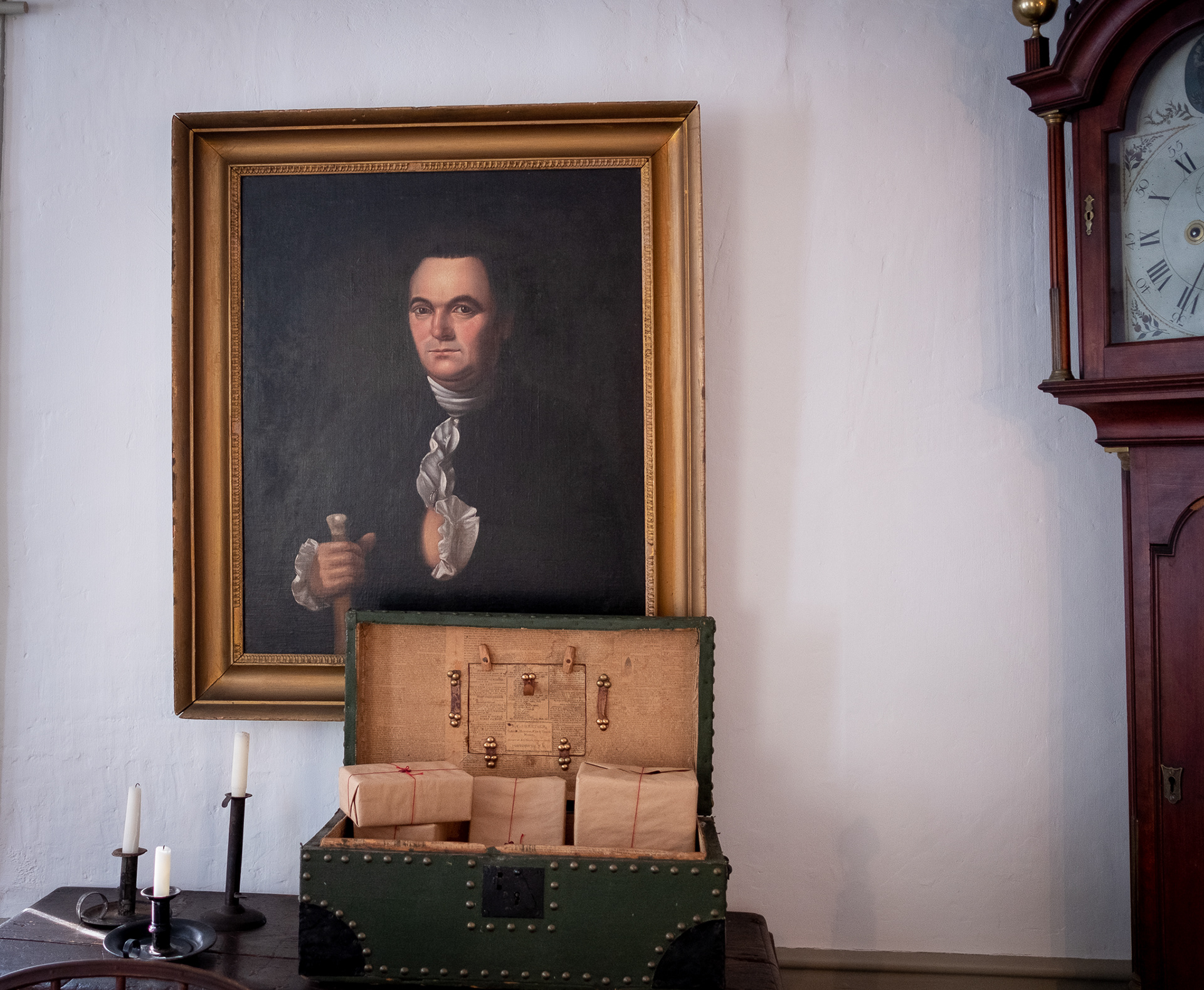
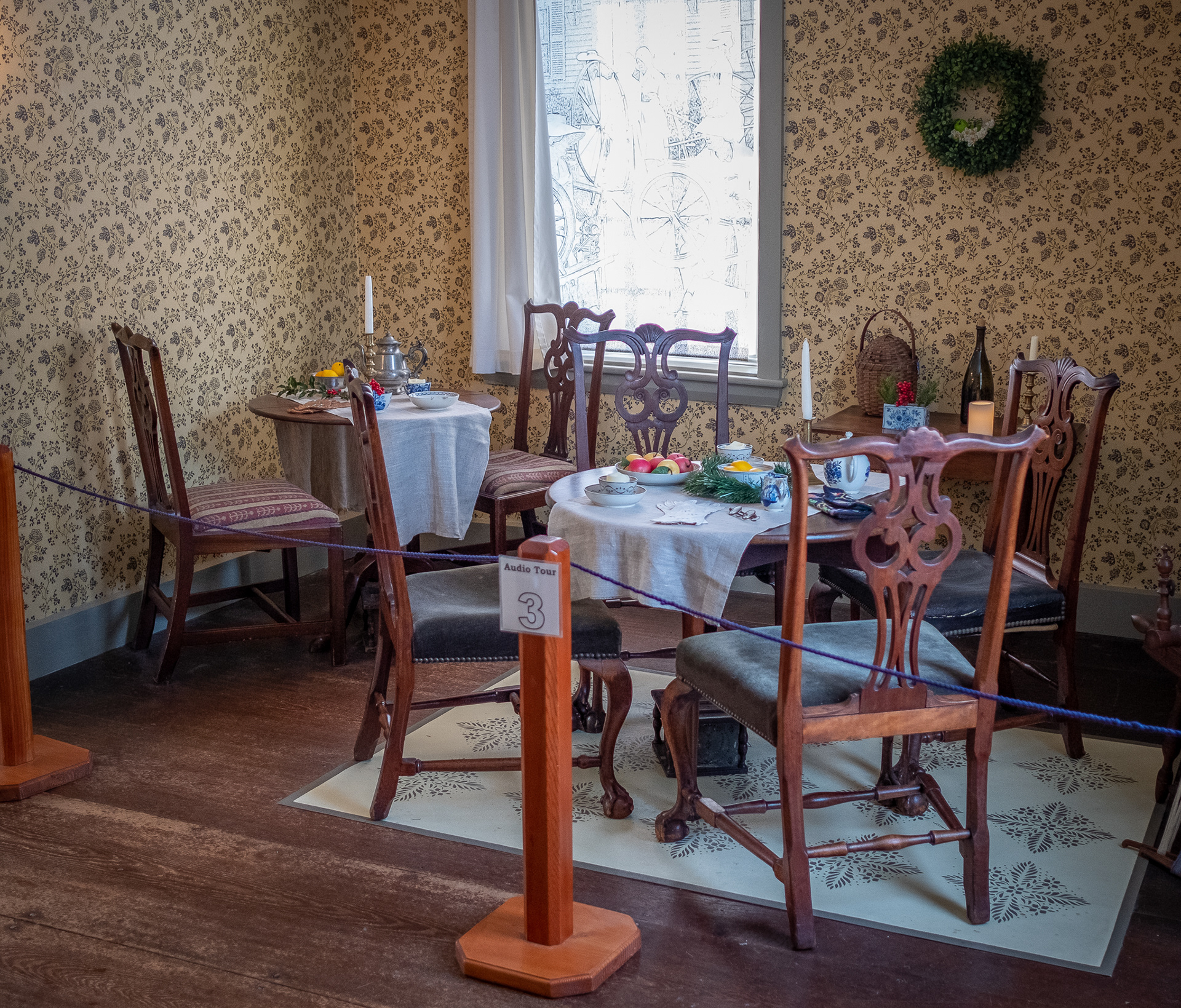
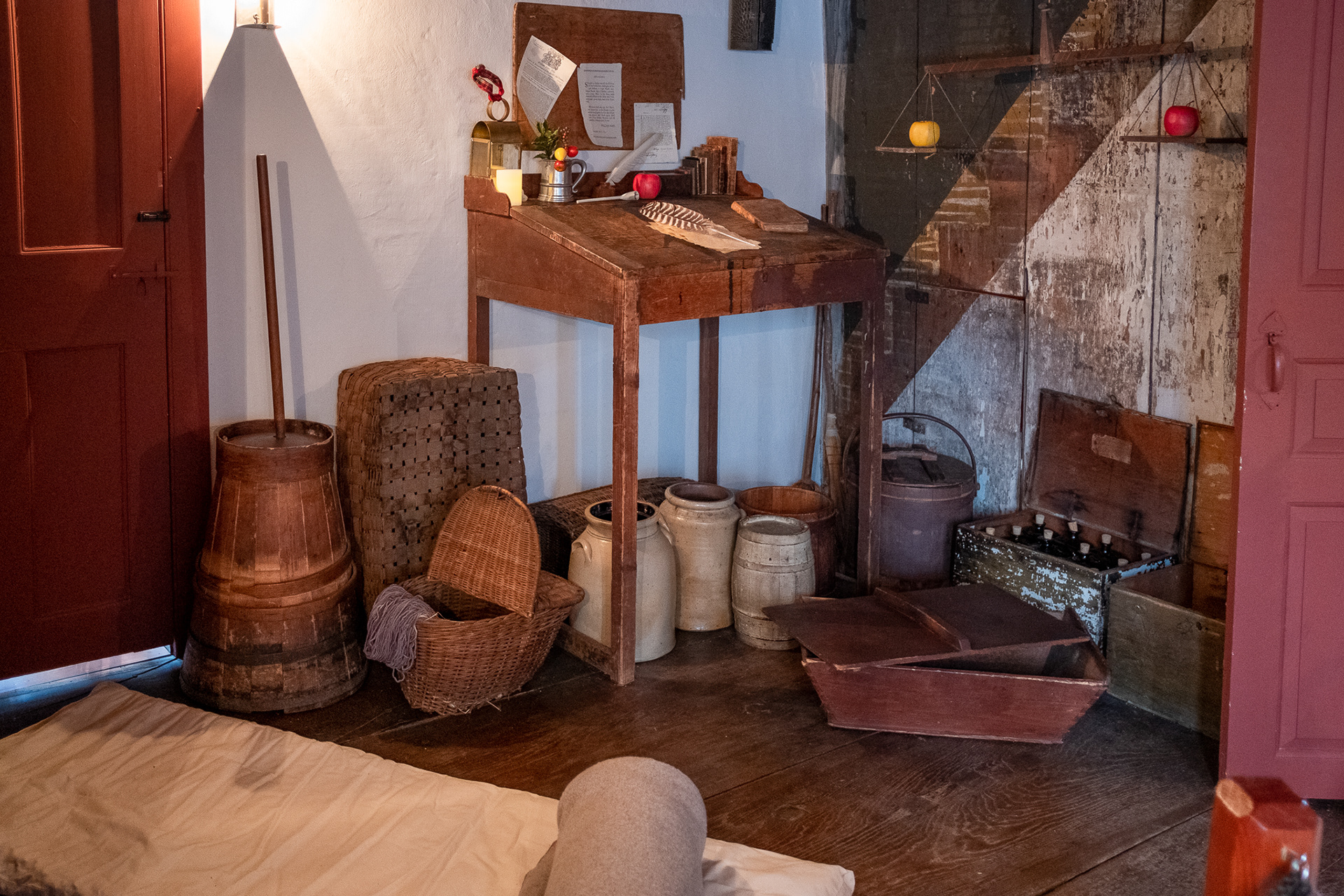
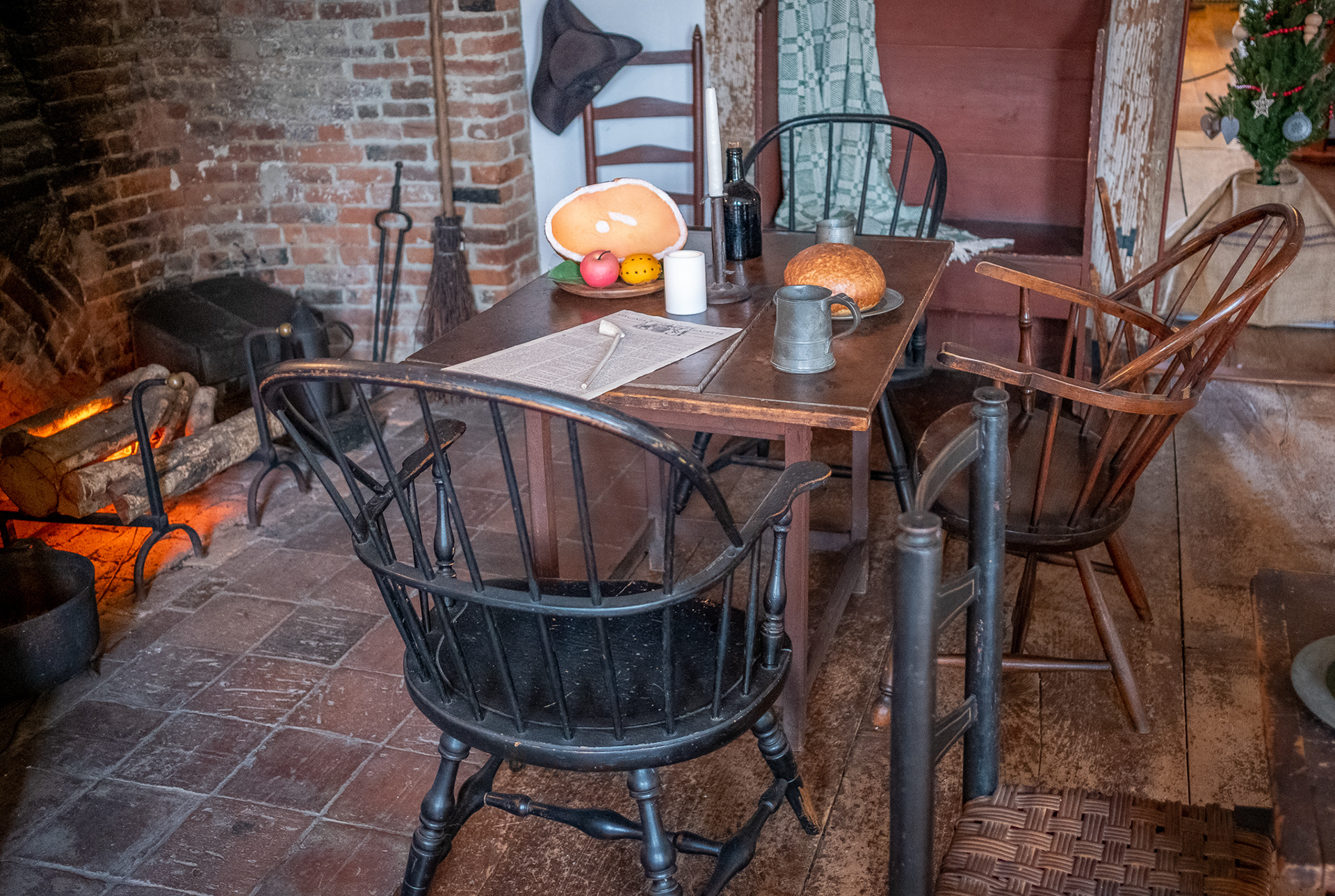
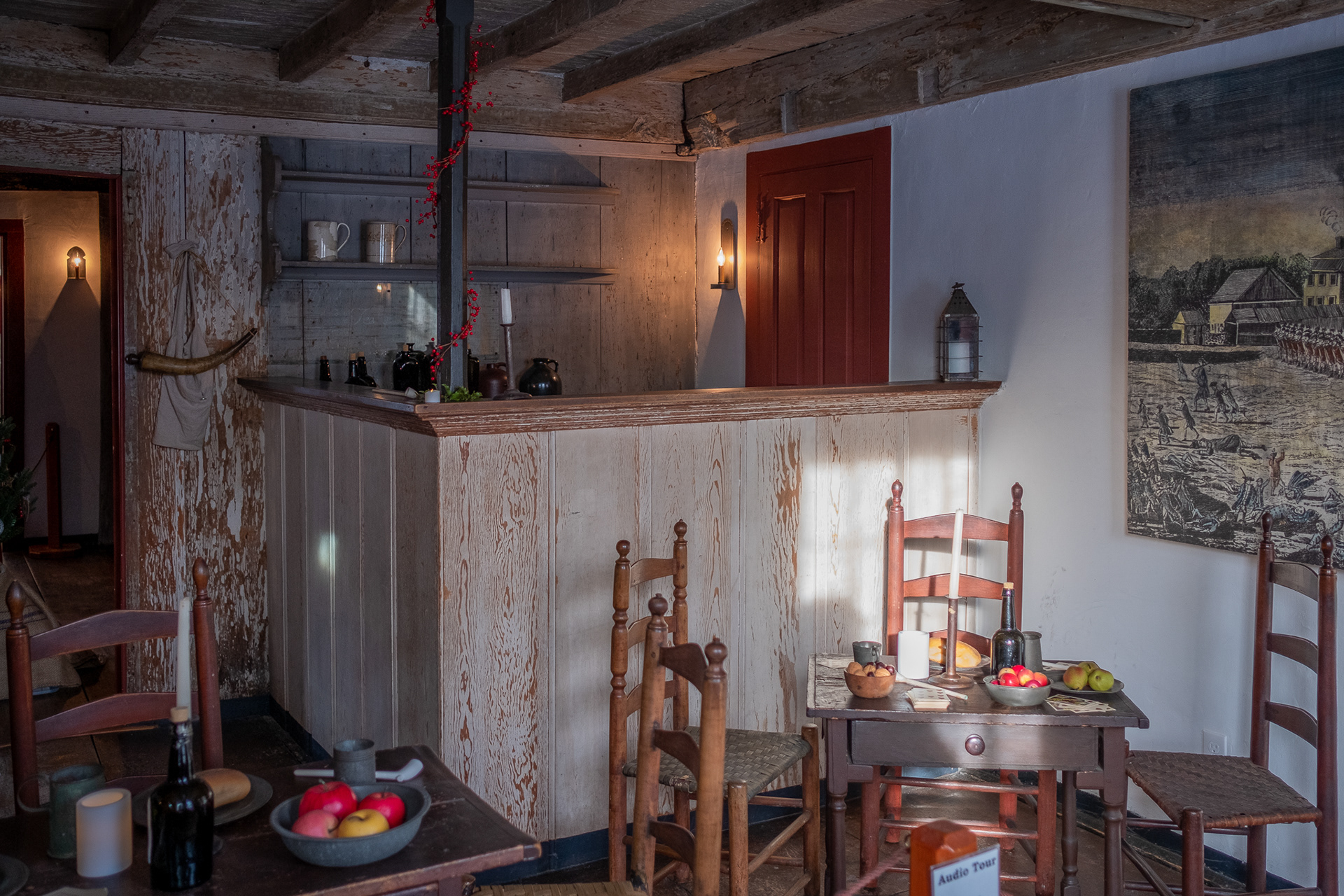
Buckman Tavern is a National Historic Landmark. It is located on the Battle Green in Lexington, Massachusetts, where the first shots were fired in the American War of Independence. It is now operated as a museum by the Lexington Historical Society. That first skirmish left 8 militiamen dead and 23 wounded. The entire day's actions are now known as the Battle of Lexington and Concord. The following brief history is adapted from Wikipedia:
The Battle of Lexington and Concord took form before dawn on April 19,1775. Having received word that the regular army had left Boston in force to seize and destroy military supplies in Concord, several dozen militiamen gathered on the town common, and then eventually went to the tavern to await the arrival of the British troops. Definite word reached them just before sunrise, and Captain Parker's company of militia left the tavern to assemble in two ranks on the common. Following the arrival of the army, a single shot was fired; by whom, it is still unknown. With this shot, the American Revolutionary War began.
The tavern was built in about 1709–1710 by Benjamin Muzzey (1657–1735). With a license granted in 1693, it was the first public house in Lexington. Muzzey ran it for years, then his son John, and then at the time of the battle it was run by John's granddaughter and her husband, John Buckman, a member of the Lexington training band, or militia. In those years the tavern was a favorite gathering place for militiamen on days when they trained on the Lexington Green.
The tavern was built in about 1709–1710 by Benjamin Muzzey (1657–1735). With a license granted in 1693, it was the first public house in Lexington. Muzzey ran it for years, then his son John, and then at the time of the battle it was run by John's granddaughter and her husband, John Buckman, a member of the Lexington training band, or militia. In those years the tavern was a favorite gathering place for militiamen on days when they trained on the Lexington Green.
Although best known as the headquarters of the militia, Buckman Tavern is also noteworthy as perhaps the busiest of Lexington's 18th-century taverns. It housed the first village store in Lexington, and later, in 1813, the first town post office.
The tavern's interior appears today very much as it did in 1775, and one can see the restored 18th-century taproom with its large fireplace and central chimney. Among the many items on display is the old front door, with its bullet hole possibly made by a British musket ball during the battle, and a fine portrait of John Buckman.
The tavern's interior appears today very much as it did in 1775, and one can see the restored 18th-century taproom with its large fireplace and central chimney. Among the many items on display is the old front door, with its bullet hole possibly made by a British musket ball during the battle, and a fine portrait of John Buckman.
Most impressive for this visitor was a display case housing artifacts of that time, including a musket and a drum used in the first battle. It should be noted that none of the fireplaces are original; they were all converted, sometime after 1796, to the more efficient Rumford design. The last two photographs are of the tavern’s restored taproom. The gracious guides, in period dress, were all members of the Lexington Historical Society.
For another dramatic story about this eventful period, see also, Resistance.
